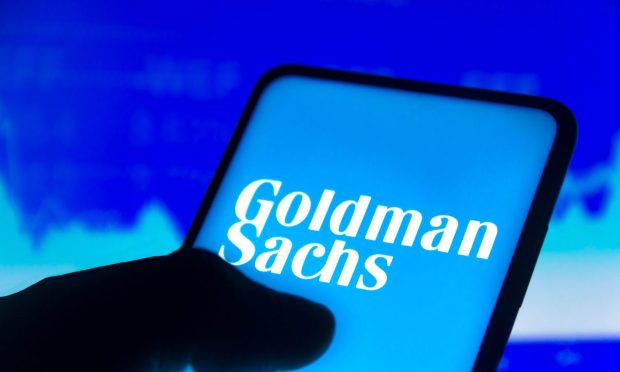Goldman Earnings: Consumer Loan Net Charge-Offs Reach 8.4%

Goldman Sachs posted earnings on Monday (April 15) that illuminated a continued focus on Wall Street activities, while the firm continues to exit consumer-related banking activities.
During the conference call with analysts, CEO David Solomon said that capital markets related activity has been robust as “CEOs need to make strategic decisions for their firms, companies of all sizes need to raise capital and financial sponsors need to transact to generate returns for their investors.”
The reopening of the capital markets, he said, remains in its “early stages.”
Refinancing activity has also been strong, he said.
CFO Denis Coleman said alternative assets under supervision totaled $296 billion, while gross third-party fundraising was $14 billion. Management continues to expect to raise between $40 billion to $50 billion in alternatives across private equity and other strategies — and private credit activity should grow during the period, too.
Drilling down into the Platform Solutions business, revenues were $698 million in the most recent quarter, up 24% year on year, and the segment’s pre-tax net loss was $117 million for the quarter.
Details on Credit Losses
“Our provision for credit losses was $318 million,” said Coleman, “which reflected net charge-offs in our credit card lending portfolio.” Supplemental materials released by the company showed that credit card loans on the books were $19 billion in the most recent quarter, unchanged from the end of the year. The net charge-off rate on consumer loans was 8.4%, which is higher than the 7% rate that had been detailed for the fourth quarter.
During the question-and-answer session with analysts, Solomon remarked that artificial intelligence (AI) remains an area of particular promise for capital markets, as there is “a lot of stock market capitalization that’s being driven by big platforms that I think have an enormous competitive advantage around the scaling of these technologies. But broadly speaking, these technologies require certain things including infrastructure and power, and these things require financing to drive the scale that’s going to be necessary for people to execute on the investments.”
Asked on the conference call about profitability for the Platforms business, in the wake of exiting the Greensky and GM credit card businesses, management noted that there’s still a commitment to transaction banking. In that segment, transaction banking-related revenues were $80 million, up from $74 million last year.
“This is a medium and longer term project that we will deliver on,” Solomon said during the call, adding, “It’s small. But I think we’ve got the right focus.”
